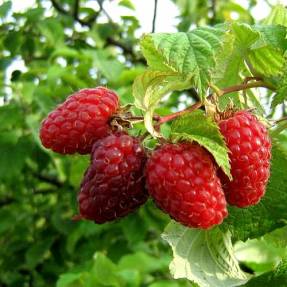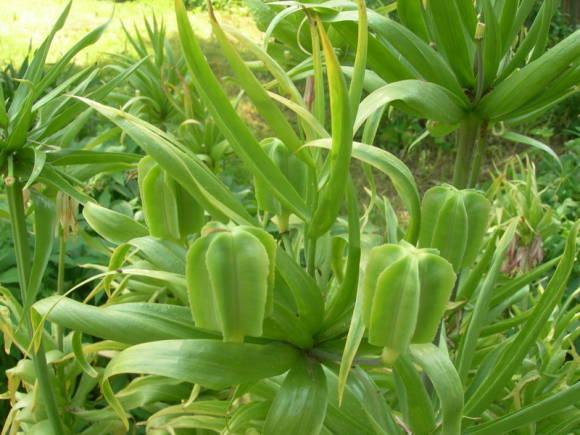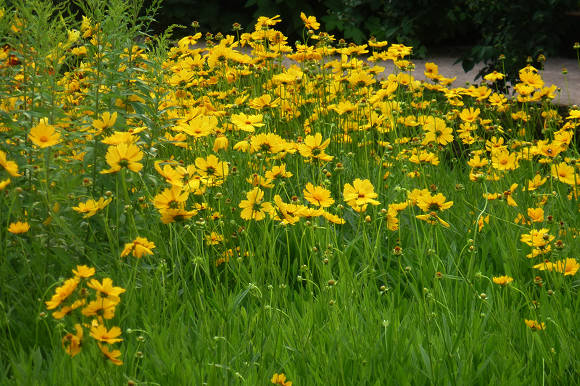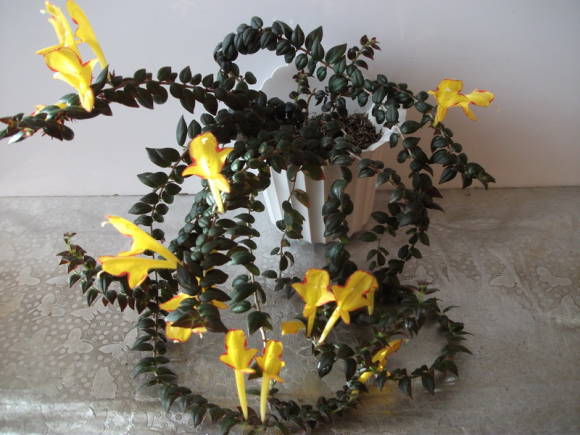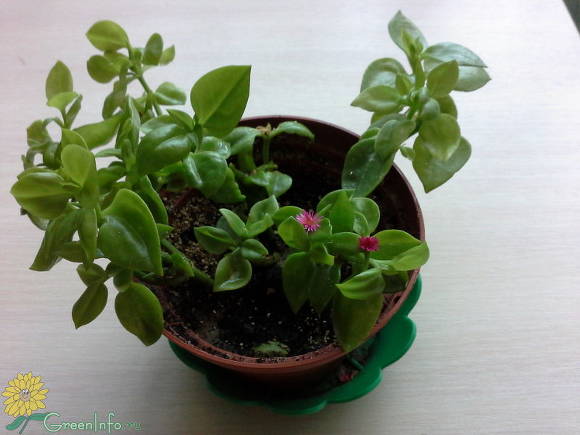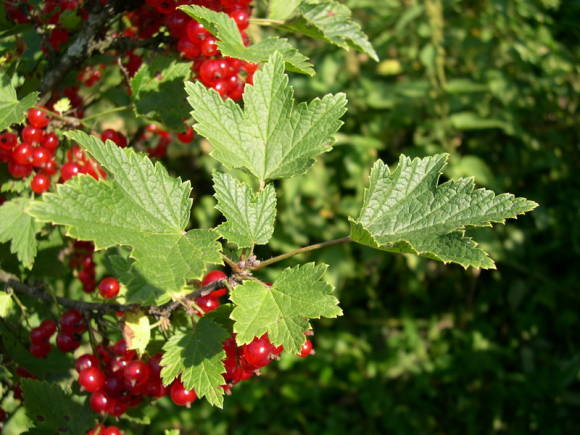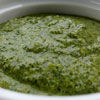For those gardeners who love lush and unpretentious perennials, but cannot devote much time to them, I recommend planting star, or large astrania (Astrantiamajor) related to umbrella plants. Her homeland is located in the mountains of Central Europe, the Carpathians and the Caucasus, where forest glades and the edges of deciduous forests are favorite habitats.
 |  |
One of the undoubted advantages of the plant is the decorative large shiny leaves collected in a powerful root rosette. Fingered bright green leaves are deeply cut into 7 lobes with a serrated edge and rise above the ground on long, elastic petioles. Small sessile leaves are located directly on the stem. The height of the whole plant during the flowering period reaches 50-80 cm. The flowers of the big starlet appear in June. They are small, pinkish-white and have a pleasant smell. The flowers are collected in a small but very neat umbrella up to 2-3 cm in diameter. Below, under the umbrella, there is a larger lilac-green wrapper, which has a multi-rayed star-like shape. Thanks to the wrapper that resembles a star, the flower got its name - a star. If you do not look closely at the arrangement of flowers, then the whole inflorescence is perceived as one flower: it may seem that the wrapper is the petals of a flower, and the flowers themselves are a bit like stamens. Due to the fact that the well-visible wrapper remains on the plant for a long time and does not fall off for almost 2 months even after flowering ends, the decorative effect of the starfish is significantly extended. At the end of summer, the fruits of the capsule appear, in which small seeds ripen. They spill out on the ground and in the spring under the bush appear young seedlings with small tripartite shiny leaves.
 |  |
Zvezdovka large has long been introduced into culture in Europe, from there it came to Russia. Its varieties are very interesting, differing in the color of the inflorescences and the wrapper. The most common variety Rubra with dark pink flowers surrounded by a pink wrapper and a green peduncle. Unlike the natural species, the variety Rubra does not reach large sizes: the bush grows about 30-45 cm in height, 20-25 cm in diameter, in addition, its growth rates are low, but in culture it also gives self-seeding. The variety Roma pink not only flowers and a wrapper, but also a peduncle. Variety Clarette attractive in that bright purple flowers sit on a dark purple pedicel. The variety Snowstar the flowers are white, the wrapper is white, but with green veins, and the peduncle is pink only partially, at its base. Also white flowers in the variety MoiraReid, under the umbrella is a white wrapper with green tips. There are other varieties, for example, very beautiful MoulenRouge with bright purple inflorescences, but they are all rare in Russia.
 |  |

In addition to the star, the largest, less common, but the largest star is found in the culture (Astrantiamaxima), which is large in size, plant height 70-90 cm.This species comes from the Caucasus. The inflorescence is brighter and larger, the umbrellas are up to 7 cm in diameter. The peduncle, flowers and wrapper are pink. This species does not form a dense bush due to the smaller number of tripartite shiny leaves. A whorl of four elliptical leaves is located on the stem. The bush is loose and spreads out with the help of a horizontal rhizome located at a depth of 5-8 cm.When planting this starlet, it is advisable to limit the place of its growth (with a lawn tape or a dug-in plastic pot) so that it does not drown out less active perennials growing nearby.
The smaller plant is small star (Astrantiaminor) with medium-sized three- and seven-part bright green leaves. Its stem, up to 60 cm high, does not branch. The pink flowers are collected in simple umbrellas. It blooms later than other species, in August-September.
Planting and leaving
An important advantage of starlets is that they are easy to maintain in culture and very easy to reproduce. An open or slightly shaded place is chosen for planting, since a strong sun for a star is not very desirable. It grows in any soil, but more lush bushes grow with moderate moisture on light sandy loam and even on loamy soil. Planting time is spring and autumn, the main thing is that it is not very hot, which can lead to the drying out of the moisture-loving plant. Bushes can be placed at a distance of 12-15 cm from each other, because they quickly grow in breadth. In one place, a star can easily grow without transplanting for 6-7 years, then it will need to be seated. Powerful roots penetrate 10-15 cm deep into the soil, which is important to know when transplanting. In the hot period of the year, when there is a lack of precipitation, watering is desirable, since with a lack of moisture, the edges of the leaves will begin to burn and darken, and the decorative effect of the bush will sharply decrease. At the end of the season, in the fall, you should cut off the powerful basal leaves at a height of 5-7 cm from the ground, then in the spring it will be easier for the plant to form new leaves. For the winter, adult plants do not need to be covered. they are hardy enough. However, it is advisable to cover young plantings (especially rare varieties) in autumn with spruce branches. In the spring, foliar feeding or composting with organic fertilizer will be beneficial.

Reproduction
Zvezdovki can be propagated vegetatively and by sowing seeds before winter. Seedlings appear together and bloom in the second year. In culture, the big star gives abundant self-seeding. An adult bush of a large starlet can be easily divided into several parts and planted around the site, while the varieties will retain all their advantages. The largest starlet is best propagated with a piece of rhizome.
Zvezdovki can be planted on the north side in the rock garden, next to the badan, astilba and ground cover perennials, where they will grow well. They can be grown in a shady garden as a lining under tall, spreading shrubs. For large species, the neighborhood with large perennials is suitable - delphinium, bells, phlox and echinacea in a mixborder. Zvezdovki look good next to hosts, sugar honey and geyher.

